Finances
Which debt should you pay off first?
We are going to help you figure out which debt to pay off first. Just read this article and start fixing your financial life.
Advertisement
Having a hard time deciding which debt you should pay first? We’re going to help you with that
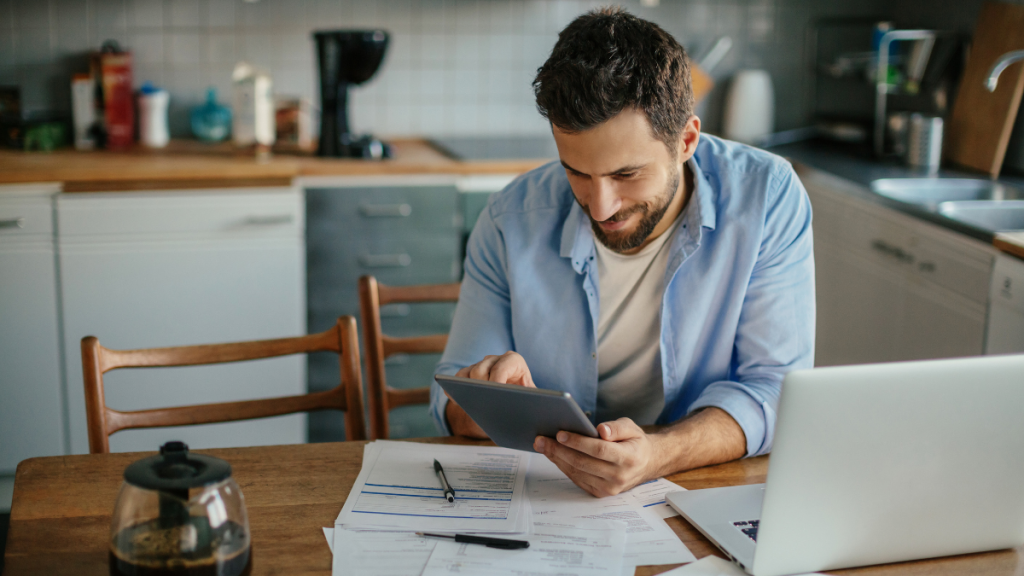
When it comes to paying off multiple credit cards or loans, Americans are not alone. The average American with credit cards has $5,525 in debt, according to a 2021 Experian report.
This doesn’t include other types of debt like mortgages, car loans, and student loans. It can be challenging to decide which debt to pay off first, with so many outstanding balances.
To start paying down debt, there are several strategies you could use. However, it’s often wise to focus on some debts over others.
Making small monthly payments on all of your debts could result in paying more interest over an extended period.
While it’s essential to make at least the minimum monthly payment on each debt, prioritizing which debt to pay off first can be confusing.
In this article we are going to give you a few options to start paying your debt. You’ll start improving your financial situation.
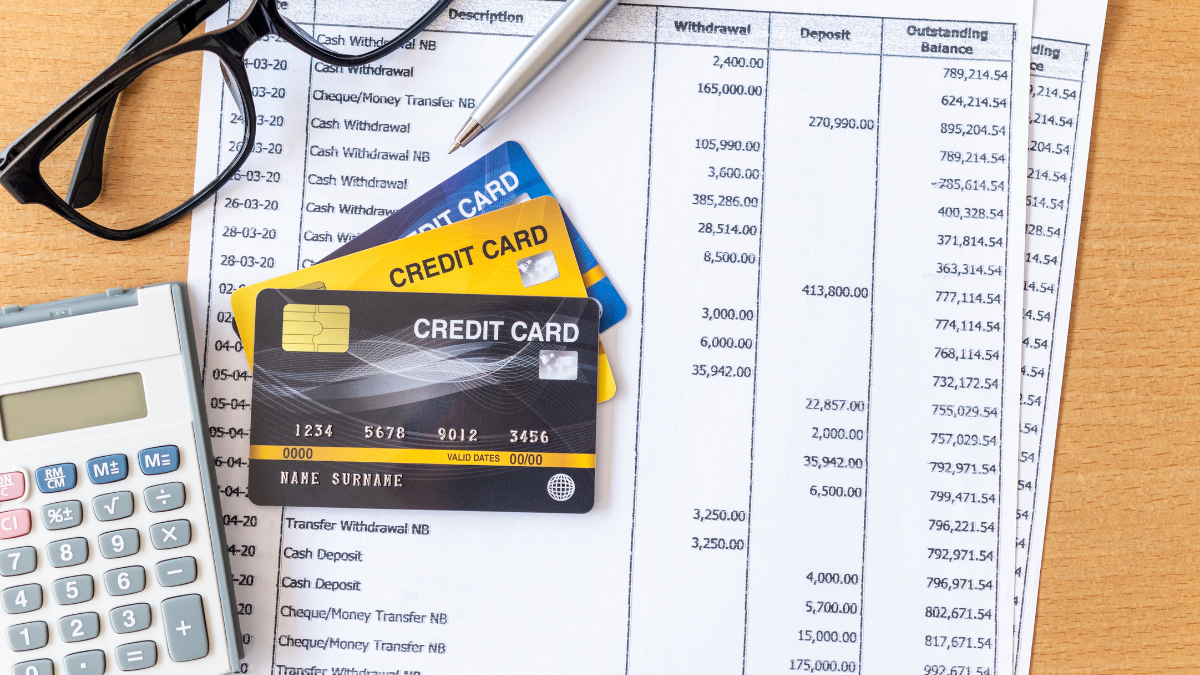
Ways to consolidate your credit card debt
If you're struggling to pay off your credit card debt, there are several ways to consolidate it. Learn about the options available to you.
1. Start with the smallest debt
If you’re struggling to stay motivated while paying off debt, the debt snowball method might be the right strategy for you.
This method, popularized by financial expert Dave Ramsey, involves paying off your smallest debts first and working your way up to the largest one. We call it the debt snowball because it starts small and grows over time.
While this method may take longer to become debt-free, paying off a debt in full can incentivize you to keep working towards your goal.
As you pay off smaller debts one by one, you’ll have more money to put toward your larger debts.
You might end up paying more in interest than you would with the debt avalanche method.
Still, the psychological benefits of getting those smaller debts paid off as quickly as possible can be very rewarding.
You will be redirected to another website
By submitting this form, I agree that I am 18+ years old and I agree to the Privacy Policy and Terms and Conditions. I also provide my signature giving express consent to receive marketing communications via automated emails, SMS or MMS text messages and other forms of communication regarding financial products such as credit card and loans. Message frequency varies and represents our good faith effort to reach you regarding your inquiry. Message and data rates may apply. Text HELP for help or text STOP to cancel. I understand that my consent to receive communications is not a condition of purchase and I may revoke my consent at any time.
The snowball method
To get started with the debt snowball method, list all your current debts and their balances from low to high.
While making the minimum monthly payment on all your debts, put as much extra money as possible towards your smallest debt.
Once that debt is paid off, put your extra money towards the next smallest debt, and so on. The bigger your debt snowball gets, the closer you’ll get to becoming debt-free.
It’s important to note that, like the debt avalanche method, you should continue to make timely minimum payments on all your other debt balances.
Using the same figures as in the example above, you would start by focusing on credit card #1 since it has the lowest balance.
After paying it off, you would move on to credit card #2 followed by the personal loan.
2. Start with the highest interest debt
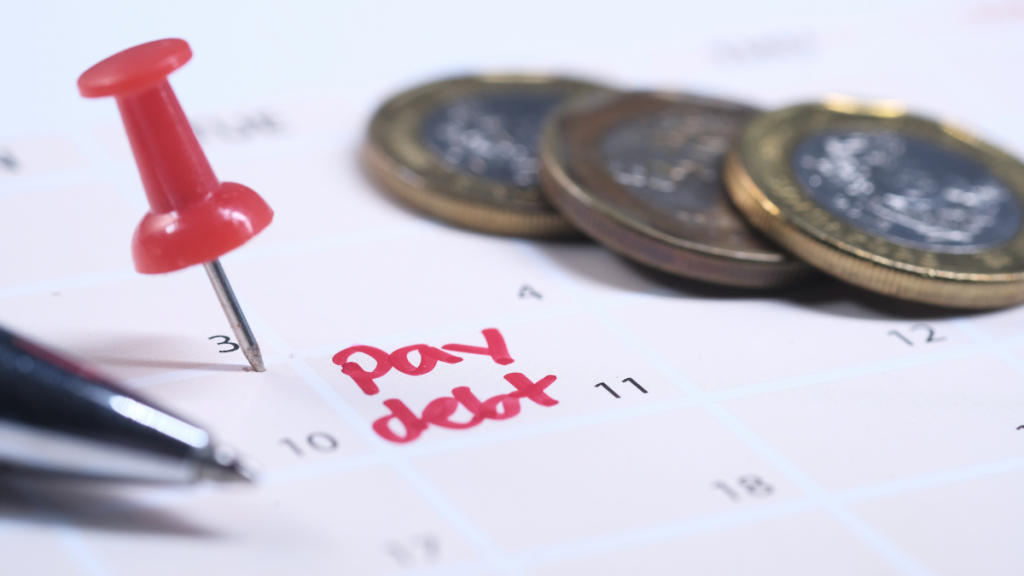
If you’re looking to minimize the amount of interest you’re paying, then paying off your highest-interest debt first is a smart move.
We call this debt repayment method the avalanche method. It involves putting every extra penny you can toward the debt with the highest interest rate. Meanwhile, you’ll be making minimum payments on your other debts.
This will allow you to save money on interest and redirect funds to other financial goals. However, the avalanche method may not be the best option for everyone.
Those with a large debt or those who don’t have a lot of extra money to put toward their highest-interest debt may not benefit so much.
It may also be discouraging for some people since paying off a large debt with a high interest rate could take a while and make them more likely to give up on the strategy.
Despite the drawbacks, focusing on your highest-interest debt first can make a significant difference in your debt repayment journey.
If you need help, there are five steps you can follow to pay down your debt as quickly as possible.
Remember to keep making the minimum monthly payments on all of your credit cards and loans while putting as much extra money as possible toward your highest-interest debt.
3. Start with debts that are damaging your credit score the most
This works best for those seeking to finance major purchases, such as a car or a house. Think of your credit score as a financial blood pressure that needs monitoring, especially if your finances don’t align with your lifestyle.
Your credit score reflects your financial responsibility, influenced by factors like outstanding debt, credit utilization, and payment history.
To secure loans for large purchases like a home or car, your credit score must be favorable, and your credit utilization should be below 30%. Any payment delinquencies will prompt lenders to reconsider their decision.
Banks and financial institutions will view borrowers with better credit scores as less risky and may offer lower APRs and higher spending limits.
The importance of a good credit score
If you maintain a good credit image, financial institutions may offer you lucrative incentives to retain your business.
To improve your credit score, focus on paying down high utilization credit cards first. Start by identifying cards with a utilization rate of over 30%.
For instance, let’s say you have credit card #1 with a 75% utilization rate and credit card #2 with a 50% utilization rate.
Reducing the utilization of these two will have the most significant impact on your credit score, provided you’re making timely payments on all your other bills.
However, prioritizing debts that affect your credit score may require lifestyle changes, such as reducing impulsive spending and cutting out daily takeout lunches.
4. Other ways to go about it

There are other ways you can think about paying off debt when deciding which debt to go for first. One such alternative is to consolidate your debt into a single monthly payment.
To do that you will transfer your existing credit card balances onto a balance transfer credit card.
That is, one with lengthy 0% introductory APR periods. You may also take out a personal loan with considerably lower interest rates.
Additionally, consolidating your debts through a home equity loan or line of credit is also an option.
However, it’s important to consider the risk of foreclosure if you fall behind on mortgage payments. Use Bankrate’s calculators to determine which option would be most beneficial.
Another way of going about paying off debt would be to take a balanced approach that works for you. While attacking the largest debt first may seem daunting, smaller debts can be addressed first to build momentum.
You should prioritize debts that have fallen into collections. Debts with tax-deductible interest can be put lower in the order of importance.
You can use any of the three debt repayment options. They can be paying off the debt with the highest monthly payment or interest and working your way down.
Whatever you choose to do, make sure you pick a sustainable strategy that keeps you interested in the payoff process is crucial.
Recommendation: Pay your debts with the help of Curadebt credit repair
Are you struggling to pay your debts and improve your credit score? Maybe you need professional help.
Curadebt is specialized in credit repair and will certainly find the best solution for your case. Read the following content and check our Curadebt full review.
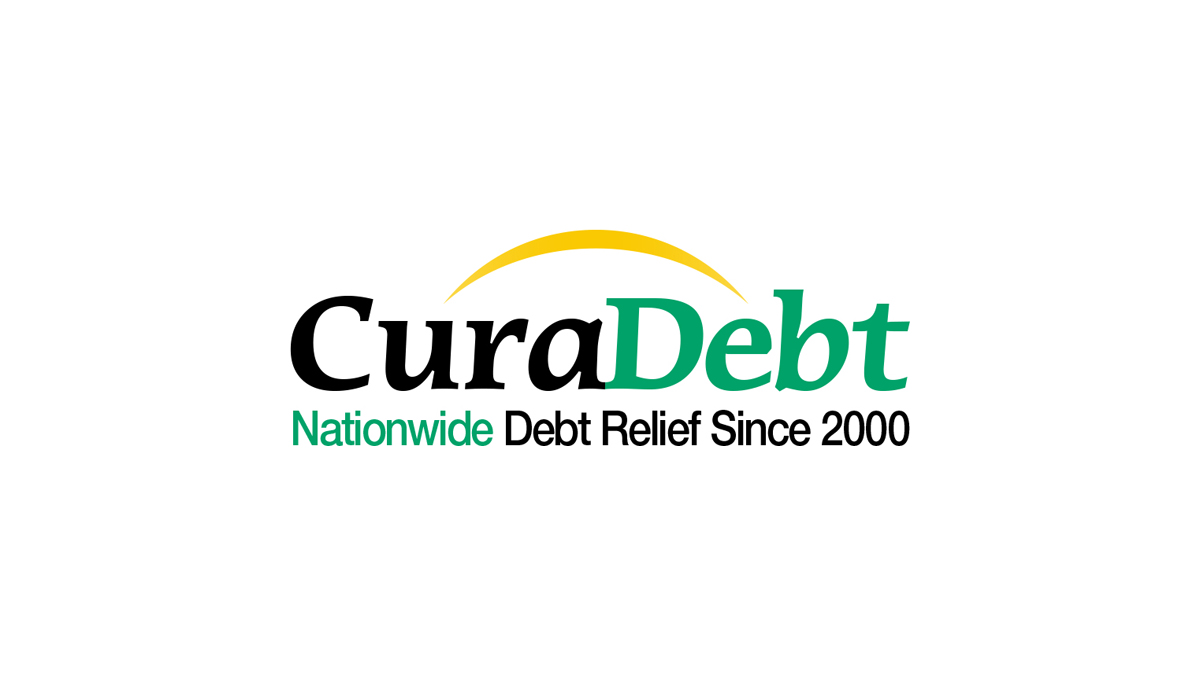
Curadebt review
Millions of people struggle with debt every day, but it doesn’t have to be that way. Curadebt can help you solve your problems and rid you of your worries.
About the author / Danilo Pereira
Trending Topics
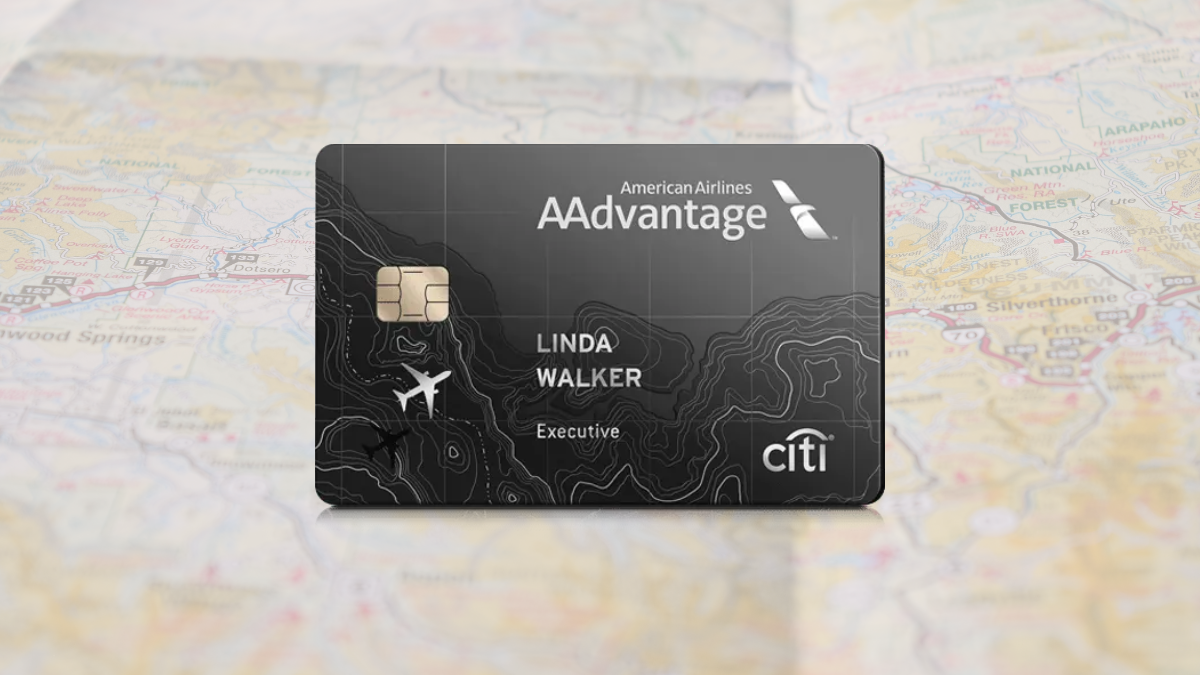
AAdvantage® Executive World Elite Mastercard® review
In this AAdvantage® Executive World Elite Mastercard® review you are going to see how this card is your key to the Admirals Club membership.
Keep Reading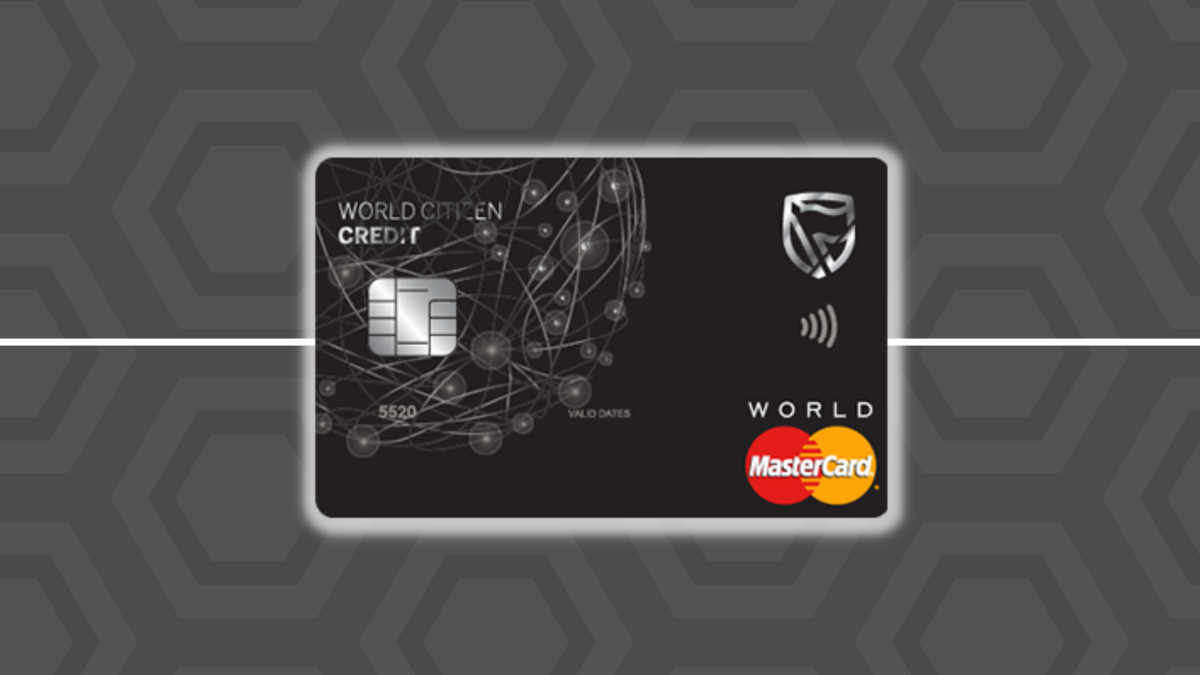
How to get your Standard Bank World Citizen Credit Card: online application
In this Standard Bank World Citizen Credit Card application guide, we will show how you can get this card that gives you tons of benefits.
Keep Reading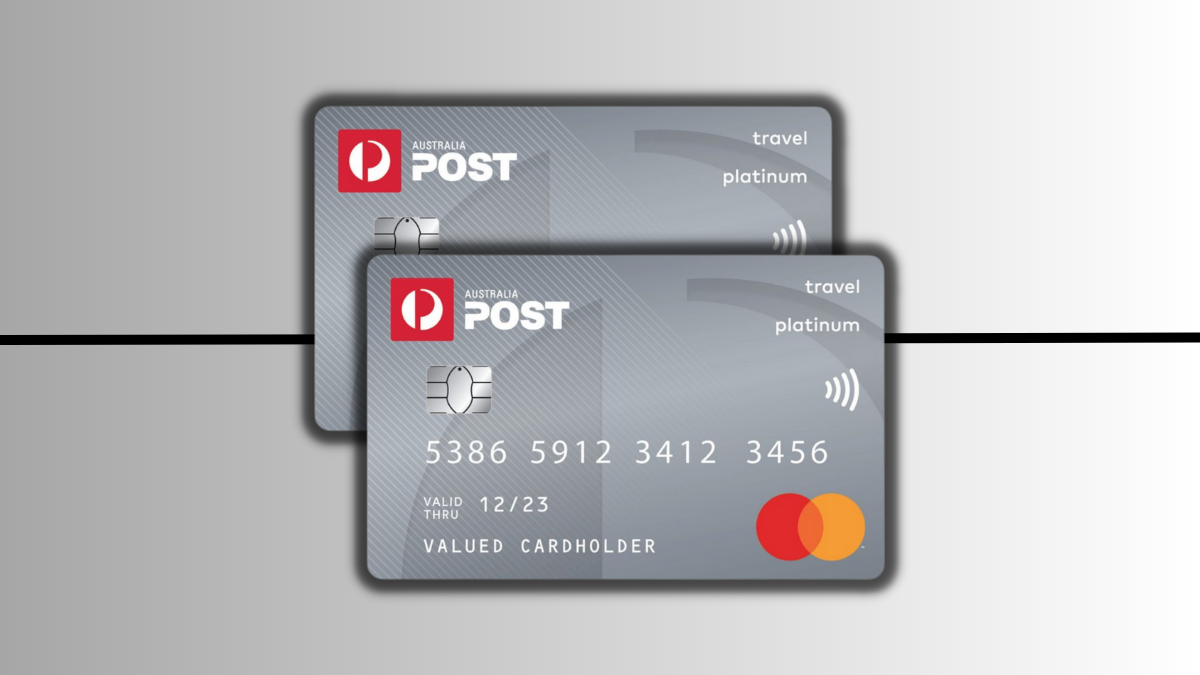
Australia Post Travel Platinum Mastercard® review: Unlock travel perks!
Save money traveling around Australia! Check out our Australia Post Travel Platinum Mastercard® review and learn how.
Keep ReadingYou may also like
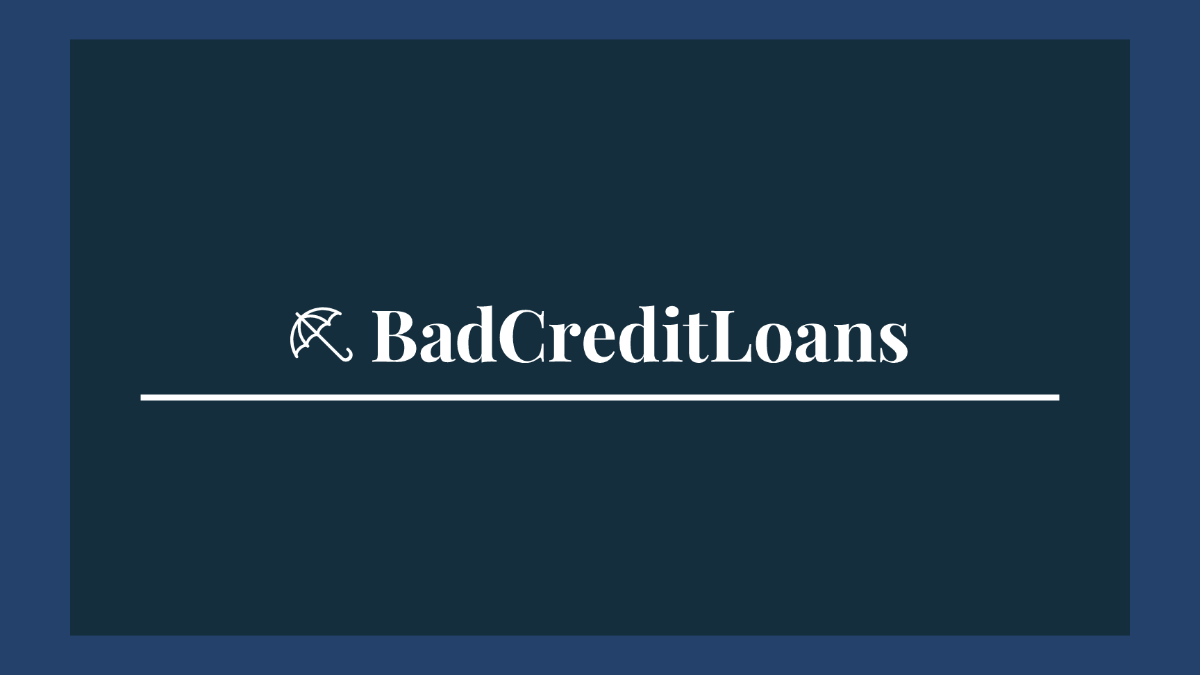
BadCreditLoans review: get a loan easily
In this BadCreditLoans review you will learn how this loan aggregator allows you to get multiple loan offers within minutes.
Keep Reading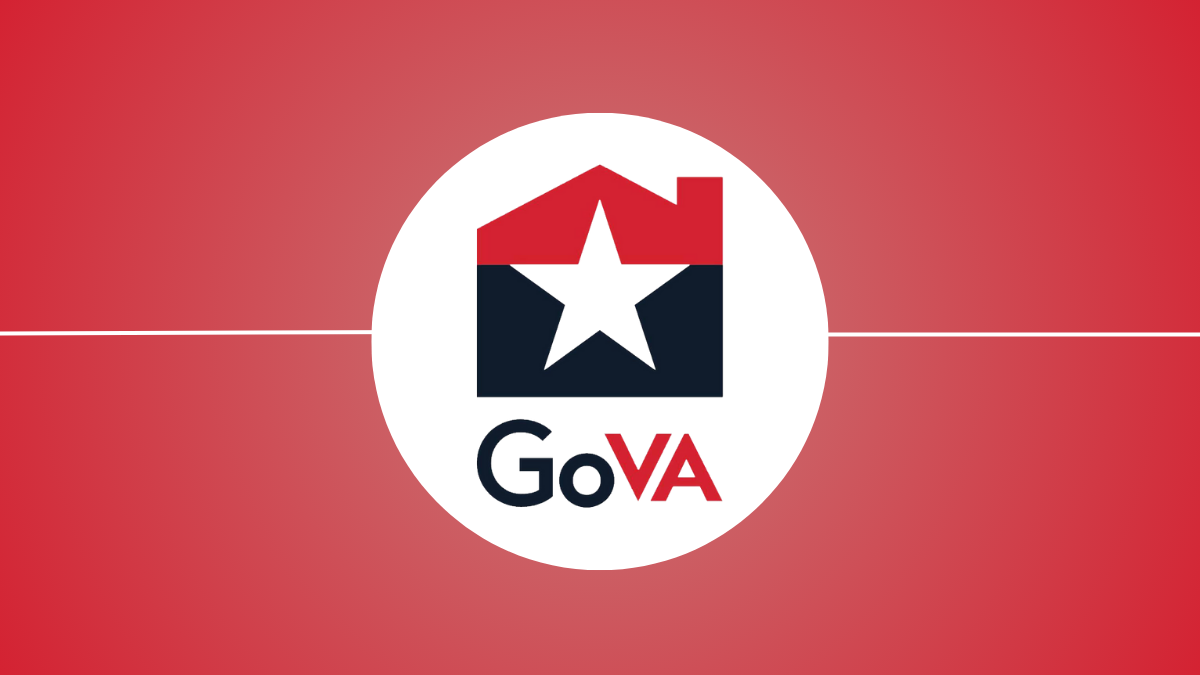
GoVA Loans application: Learn about the hassle-free process to get your home loan!
Are you ready to make your dream of homeownership a reality? Check this application guide and get your GoVA Loans to achieve your goals!
Keep Reading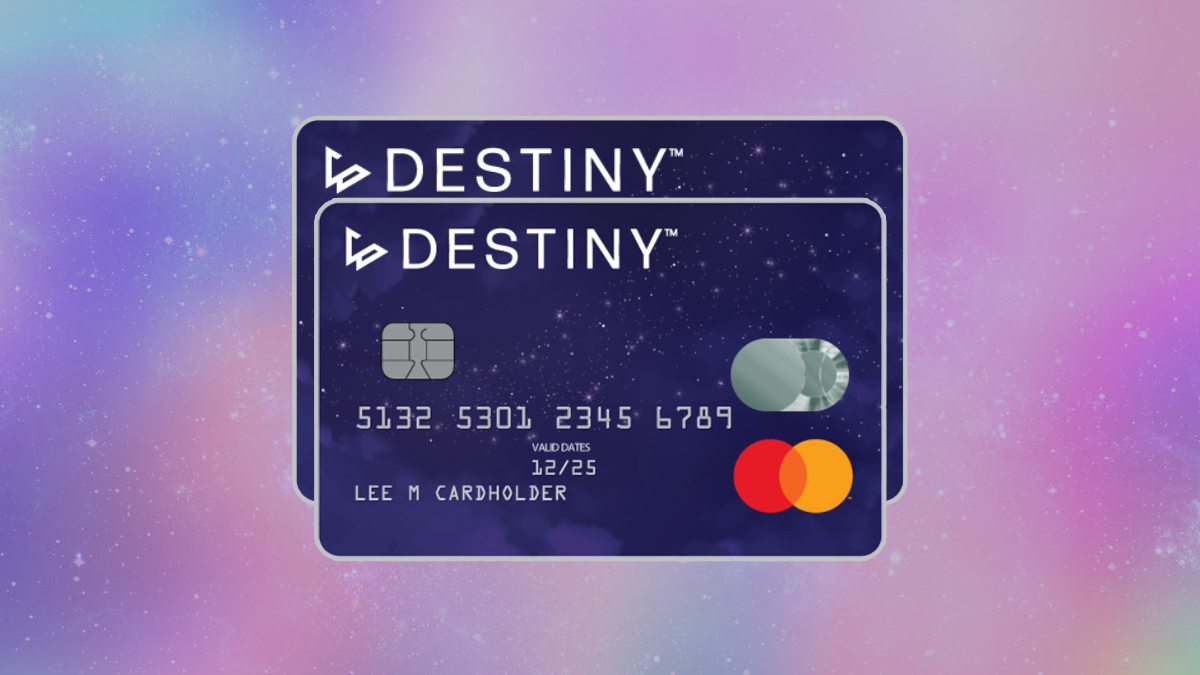
Destiny Mastercard® Credit Card review
Read this review to learn about the advantages and disadvantages of getting the Destiny Mastercard® Credit Card to improve your credit score.
Keep Reading